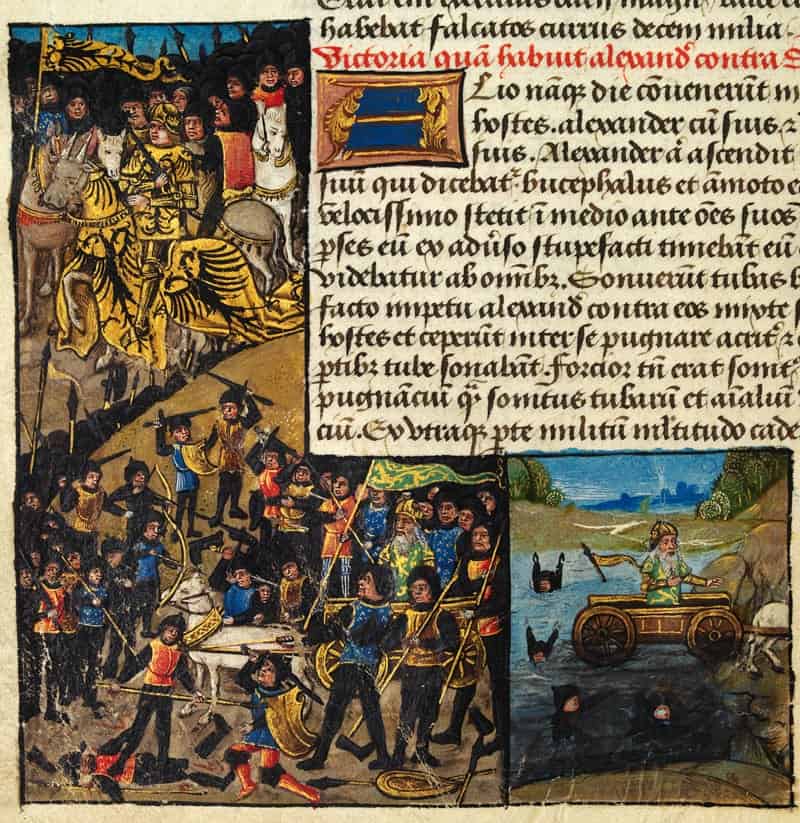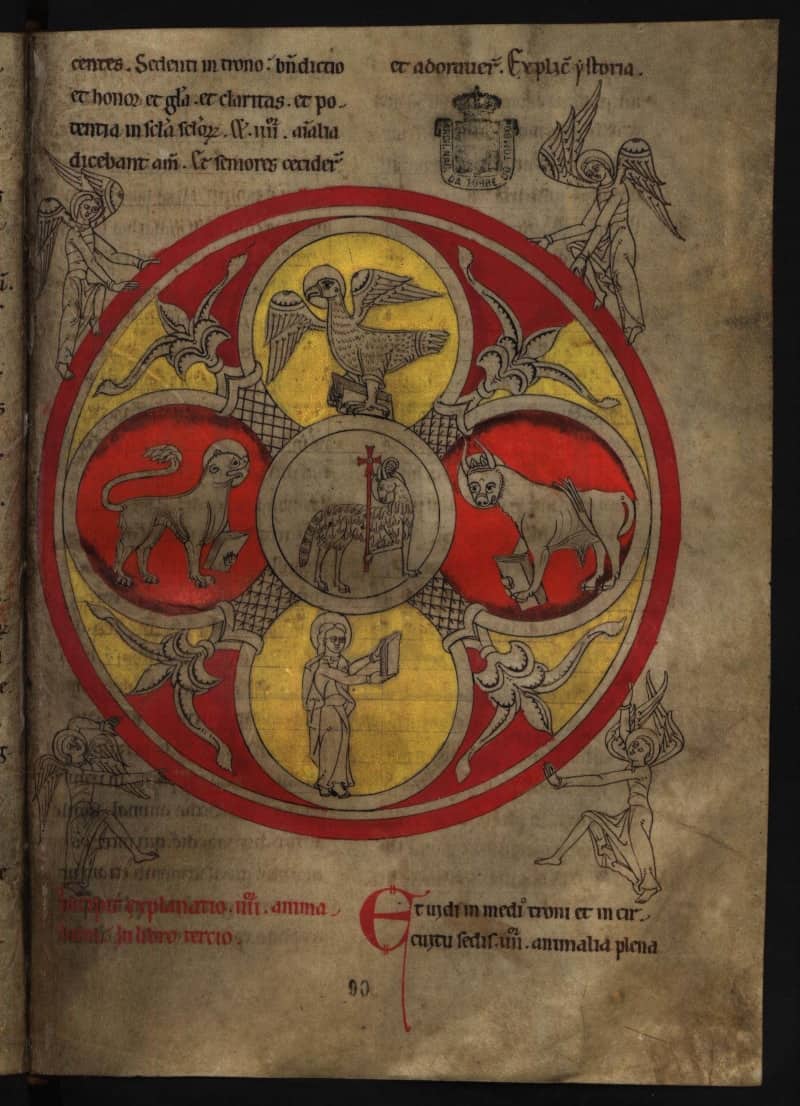True colors: Conservation of medieval manuscript illuminations
Lavishly decorated with brightly coloured illustrations and ornaments, illuminated manuscripts from the Middle Ages are a feast for the eyes. How did medieval alchemists create these long-lasting colors and what can be done to preserve them? By looking at the molecular level, scientists are getting closer to the answers.
By Maria Joao Melo
Illuminated manuscripts are the most abundant and well-preserved medieval cultural artefacts. Created to illustrate sacred scriptures, their visual structure allows the reader to identify a text’s divisions and delight in their beautiful ornamentation and iconography.
To preserve manuscript illuminations for future generations, today’s researchers are combining methods from the humanities and the natural sciences. This holistic approach results in an in-depth knowledge of the creative processes and techniques used, as well as the composition of materials and their deterioration processes.
Brilliant colors after centuries – how did people do it?
Researchers from the Department of Conservation and Restoration at the NOVA University of Lisbon have set themselves the task of finding out everything about the colors used in medieval manuscripts created by Western Europeans. In a recent article, published in Physical Sciences Reviews, they provide an overview of the latest advances in the analysis of “medieval colors”, as well as the implications for the preservation and restoration of these precious artworks.

According to chemist Dr. Maria J. Melo, advanced molecular characterization techniques such as microspectrofluorimetry are helping “to predict original colors and to understand why certain colors have remained in excellent condition, preserving both adherence and luminosity, while others have changed over the centuries.”
Over the past few years, several scientific breakthroughs have fostered a flourishing field of research and it now finally seems possible to “step inside” the workshop of a medieval illuminator. This illuminator, possibly an alchemist as well, was able to produce magnificent colors – some of which still shine brightly more than a thousand years later. With scientists catching up on this knowledge, the desire to make these colors last forever does not seem so unrealistic after all.
Read the original article here:
